Voronezh village Kostenki: the birthplace of the first Europeans
Categories: Culture | Europe | History | Nations | World
By Pictolic https://pictolic.com/article/voronezh-village-kostenki-the-birthplace-of-the-first-europeans.html40 kilometers from Voronezh on the steep banks of the Don is the village of Kostenki, which scientists consider to be the ancestral home of the first Europeans. The Paleolithic finds made here call into question the previously existing concept of human settlement of the continent. They confirmed that it was from Russia that the first people came to Europe.
In 1642, the town of Kostensk was built on the banks of the Don to protect against the raids of the Crimean Tatars. It was so named because of the large number of unknown bones that came straight out of the ground. During the construction of the fleet for the Azov campaign in 1696 , Peter I learned about this place . Soldier Filimon Katasonov received an order from the tsar to go to Kostensk and investigate what these finds were.
In Peter's time, it was believed that the bones belonged to the elephants of Alexander the Great, who fought with the Scythians. Later it became clear that these were the remains of prehistoric mammoths. Since the early 20s of the twentieth century, systematic archaeological work has begun in Kostenki, which continues today by the St. Petersburg Institute of the History of Material Culture of the Russian Academy of Sciences.
More than 60 sites of primitive people who lived here 45-15 thousand years ago have been discovered on the banks of the Don in the area of the modern villages of Kostenki and Borshcheva on the territory of 10 km2. This time falls on the Paleolithic era, which lasted from the beginning of the use of stone tools by hominids - 1 million years ago until the appearance of agriculture in humans in about the 10th millennium BC. The Paleolithic occupies 99% of the time of mankind's existence.
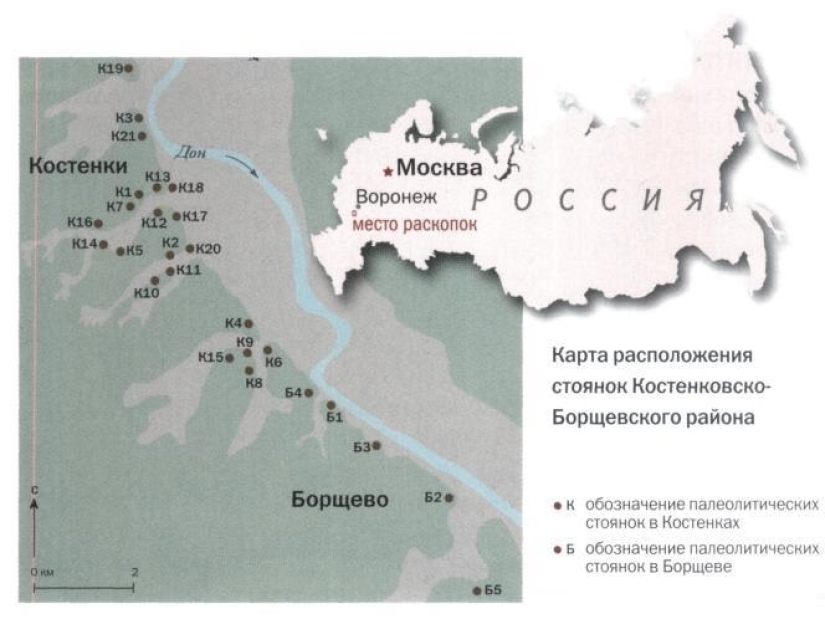
10 Kostenovsky sites have several cultural layers, which means they have been continuously inhabited for hundreds of years. Archaeologists are sure that there are many more such habitats of primitive people, but their discovery is still ahead.
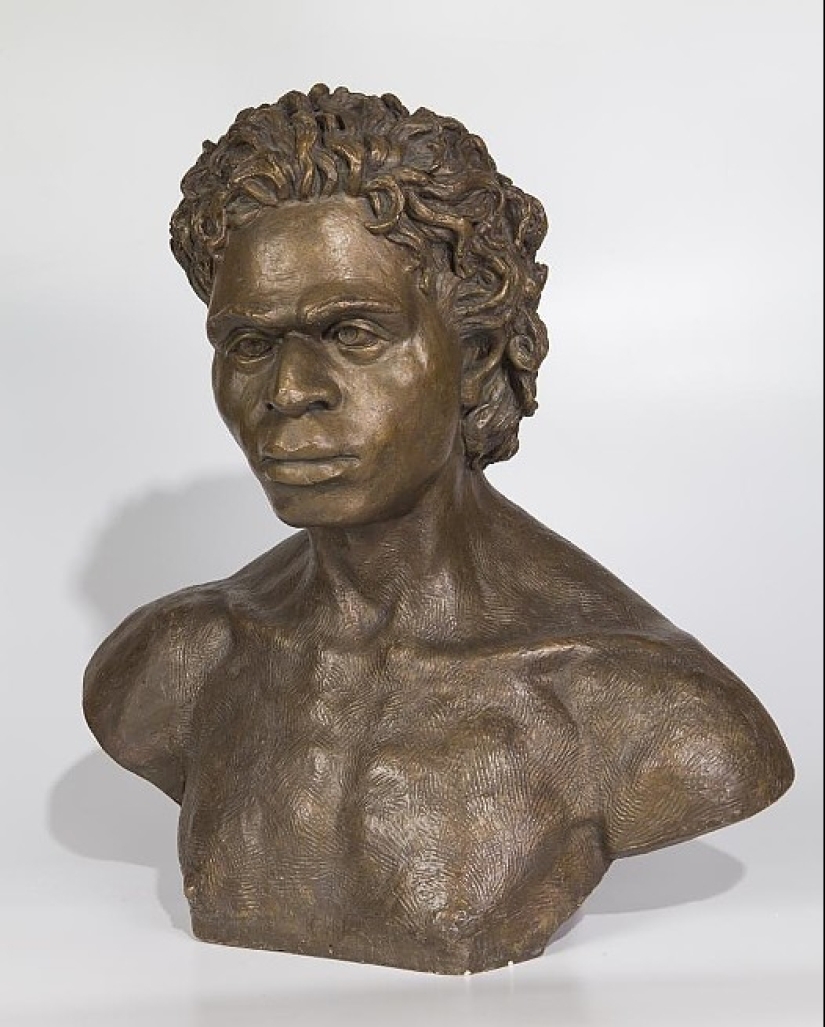
Reconstruction of primitive man from Bones made by anthropologist Mikhail Gerasimov
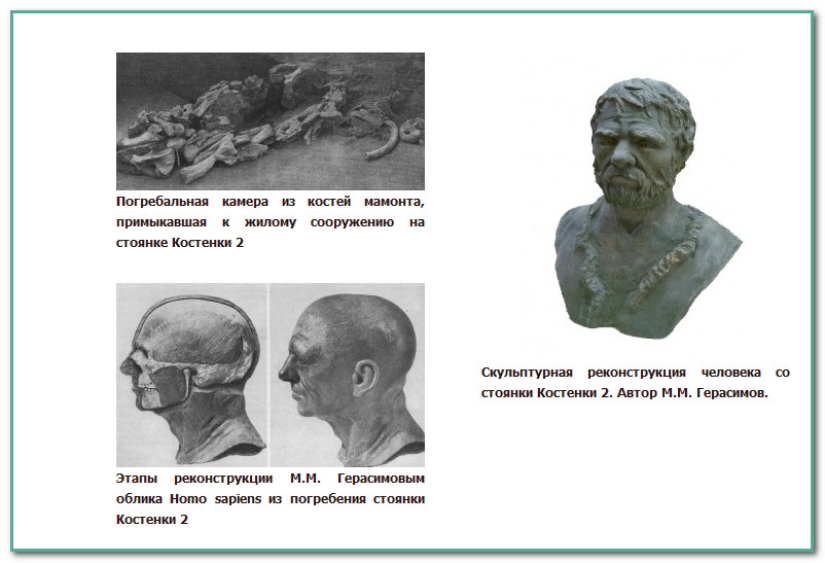
During the last glaciation, the glaciers were located in the area of modern Moscow, to the south of which permafrost and tundra stretched – the best habitat for mammoths. Perhaps the site on the banks of the Don was their favorite pasture.
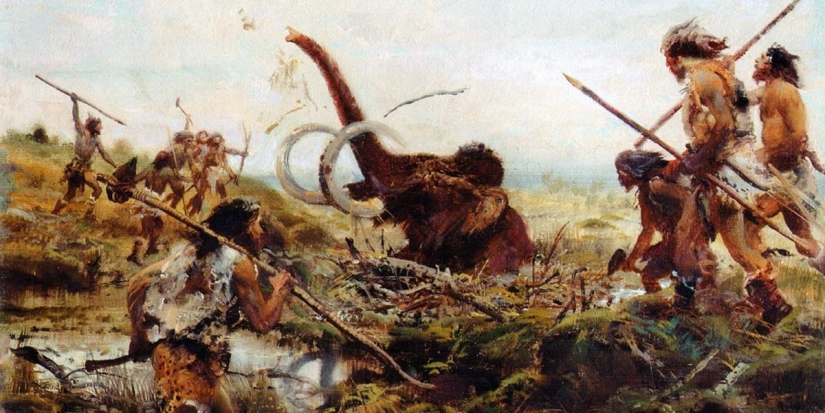
Paleontologists believe that there was a huge mammoth cemetery in the upper reaches of the river. After a while, the bones were washed out and the water brought the remains of animals to the Don floodplain next to the Bones. For primitive man, mammoth bones were the main material on which survival depended. Tools, weapons, and dwellings were made of them. Therefore, nomadic primitive people stayed here for permanent residence.
For thousands of years, people have been replacing each other, and the uniqueness of the Bones is that it was here that homo sapiens acquired the skills and abilities that allowed them to form the beginnings of modern civilization. In addition to hunting mammoths and collecting edible roots, primitive people were engaged in crafts and took the first steps in artistic creativity.
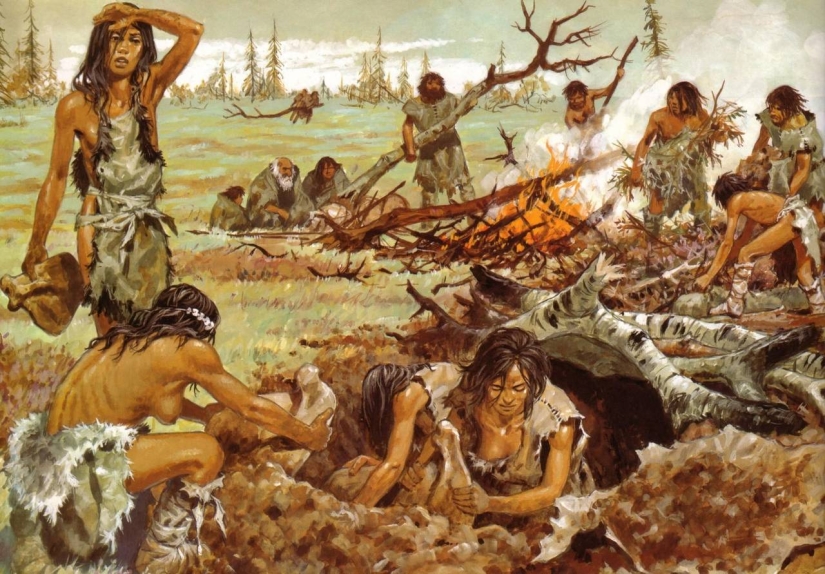
Paleontologists have found out that the ancient inhabitants of the Don knew the techniques of drilling, sawing and grinding stone. Similar finds were found in Neolithic sites of steppe Ukraine and Southern Russia. However, they are 30-35 thousand years younger than Kostenovsky, and this destroys the principle that existed earlier in science: the lower the layer and the older the epoch, the more primitive the culture.
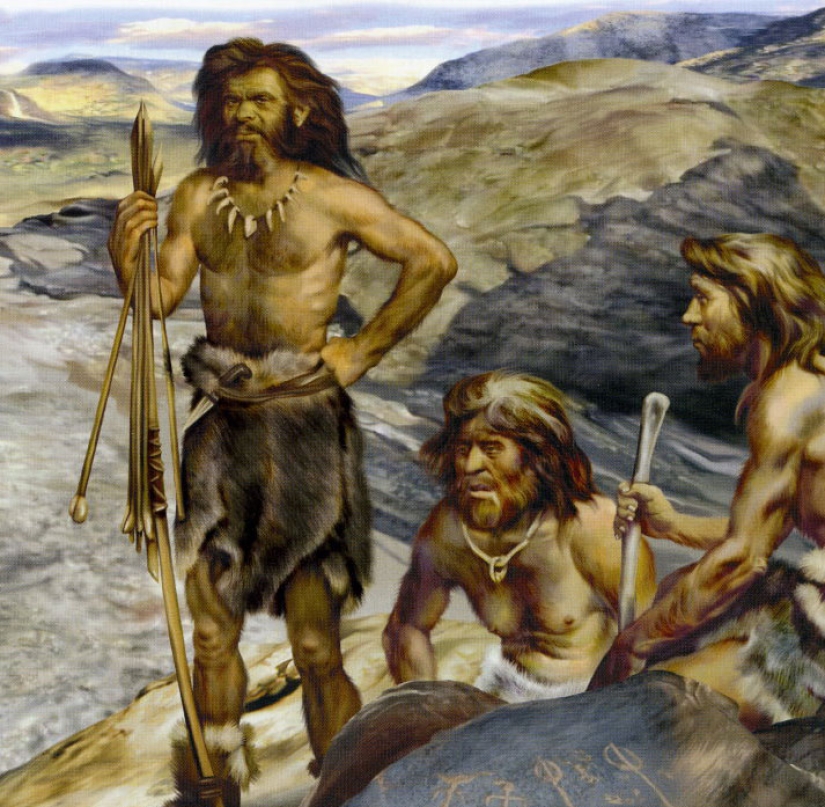
The first ornaments were also found in the bones. Ancient people wore clothes with curly pendants, hoops on their heads and bracelets on their hands. For beauty, the decorations were covered with seashells that came to the Don from the Black Sea coast. These artistic finds were made in layers that date back to the times when, according to the official Western chronology, the territory of the Russian Plain was deserted.
The researchers found a dozen figurines in the Bones, which in the scientific world are commonly called "Paleolithic Venuses". These are female figures with hypertrophied hips, belly and breasts, made of mammoth tusk or limestone. Some scientists consider them symbols of fertility, others part of the cult of hunting magic or the progenitors of the genus.
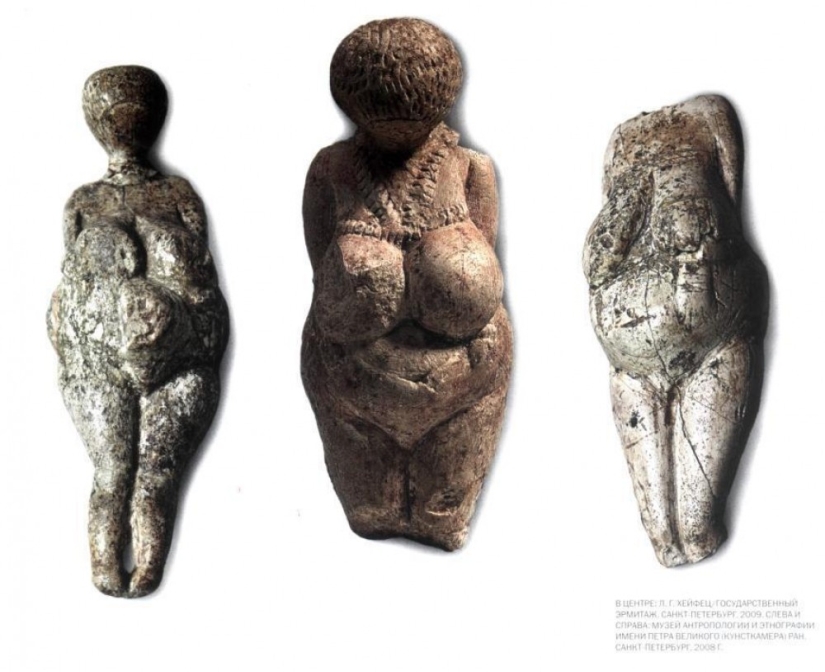
Some consider the figurines to be deities or just children's toys, which primitive mothers used to calm crying babies. Interestingly, the limestone figurines had their heads and legs knocked off, and their breasts and abdomen were intentionally damaged. It is believed that this was done for religious purposes. Venuses from mammoth tusks, on the contrary, are whole and have always been found next to jewelry and tools, especially valuable for humans.
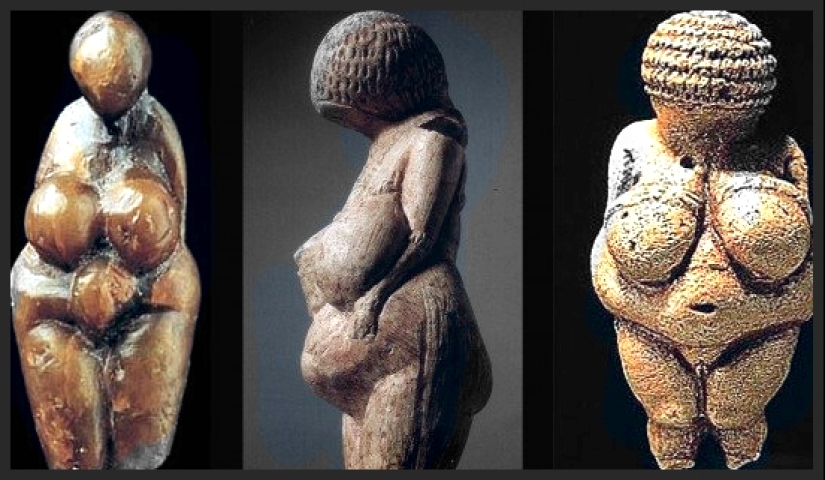
Kostenkov figurines are unique in that they have a unique ornament and figure. Perhaps the ancient sculptor made each piece from a specific woman, copying her body shapes and jewelry. The Venus was covered with a paint based on charcoal, marl rock or ferruginous nodules treated in a fire, giving a red color.
World science knew about Kostenkov's findings, but did not pay much attention to them. Previously, it was believed that the first people came to Russia 10 thousand years later than to Europe because of the cold climate. Everything changed after an article in the American journal Science written by John Hoffecker, a professor at the Colorado Institute of Arctic and Alpine Research.
Surroundings of the village of Kostenki:
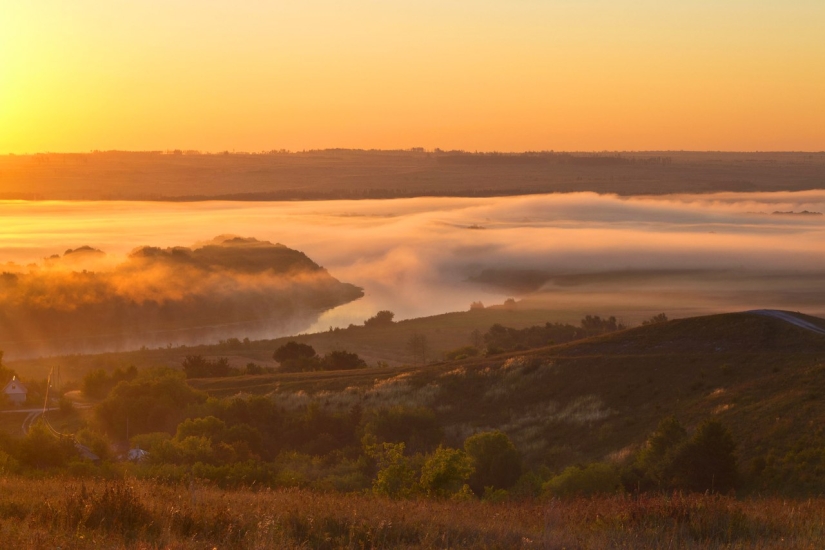
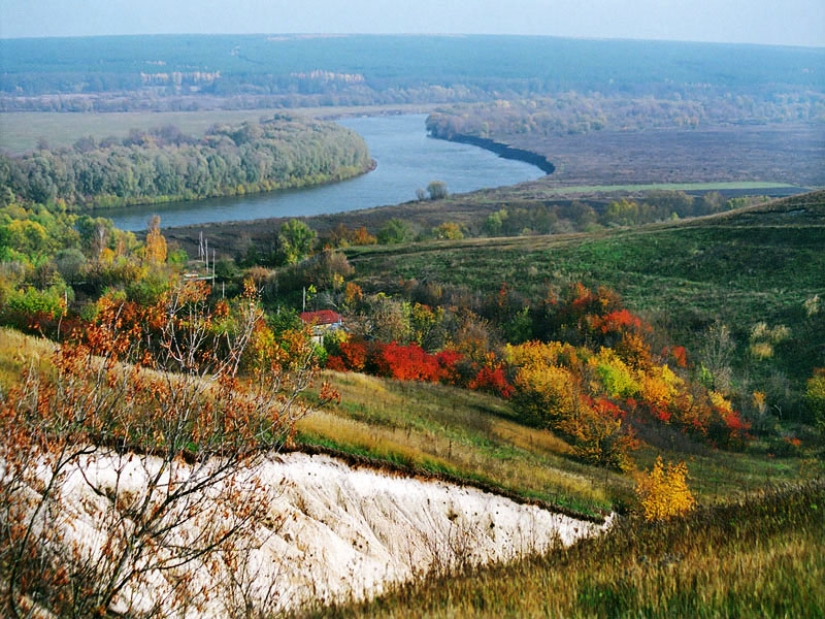
Professor Hoffecker came to Kostenki several times and got acquainted with the findings of Russian colleagues. As a result, the American researcher called on the scientific world to reconsider the concept of European settlement and called Kostenki the homeland of Europeans. In one of the interviews , the researcher said:
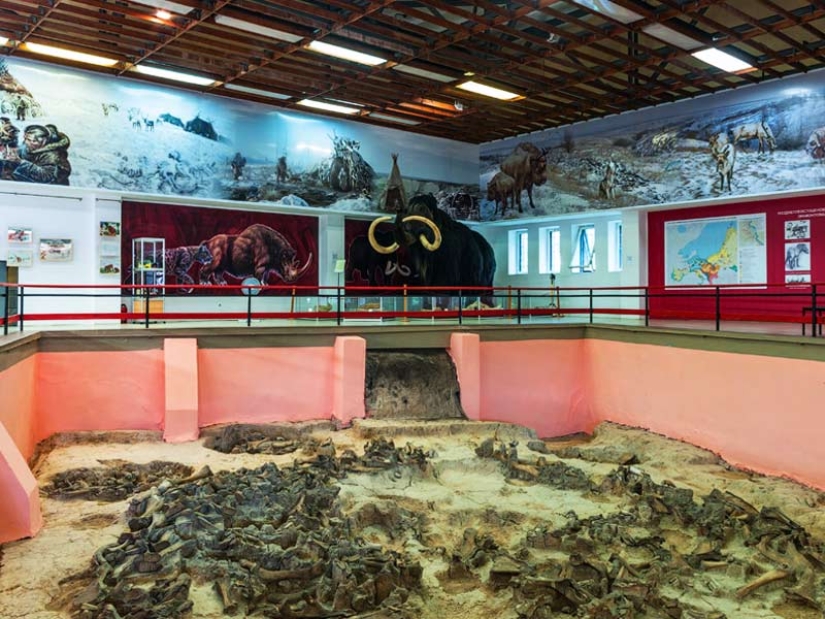
To confirm this theory, paleomagnetic and radiocarbon analyses of ash, spores and pollen of plants raised from the Kostenovsky excavations were carried out. It turned out that the oldest samples are 40-42 thousand years old. In the USA, thanks to thermoluminescent methods of studying the soil, another 3 thousand years have been added.
The analysis of Kostenov's finds, as well as the research of domestic and foreign scientists, allow us to conclude: the bank of the great Russian river Don is the "proto-core" of the first Europeans. Of course, the peoples replaced each other. New tribes gained strength and displaced the old ones, whose names remained in the fog of history. However, in Kostenki, man has been developing for thousands of years, which gave him the opportunity to populate Europe and create a civilization.
Keywords: Anthropology | Archeology | Paleontology | Russia
Post News ArticleRecent articles

Norway is a northern country and most of the year it doesn't matter with bright colors there. This is probably why the conceptual ...

It is very difficult to scold your pets! Even when they steal food from the table, spoil things or litter the apartment… After ...
Related articles

It is believed that the Russians are a nation that is quite homogeneous in its anthropometry and genetics. Residents of different, ...

Photographer Kili of UAN (Kiliii Yuyan) is most interested in the cultures of indigenous peoples, especially those who live in ...

In the past year, the North Sentinelese island (India), the natives shot from a bow to bring him American missionary John Chow. He ...

Gradimir Smudja is a Serbian artist, illustrator, and comedian whose work blends humor, surrealism, and a deep respect for art ...